
NOMBRE DE LA UNIVERSIDAD PARTICULAR
LOGO E INSTALACIONES
PLANES Y PROGRAMAS DE ESTUDIOS APROBADOS
Universidad Católica Santa María la Antigua
Documento Legal de Creación: Resolución N°33 del 27 de abril 1965
Documento Legal de Creación: Resolución N°18 del 30 de diciembre de 1987
Documento Legal de Creación: Decreto N°606 del 4 de septiembre de 1991
Universidad Interamericana de Panamá
Documento Legal de Creación: Decreto N°113 de 13 de abril de 1992
Documento Legal de Fusión: Decreto Ejecutivo N° 270 de 8 de mayo de 2014 que reconoce la fusión entre la UIP y la Ulacit.
Documento Legal de Creación: Decreto N°112 de 25 de febrero de 1994
Universidad Abierta y a Distancia de Panamá
Documento Legal de Creación: Decreto N°159 de 13 de abril de 1994
Universidad Latinoamericana de Comercio Exterior
Documento Legal de Creación: Decreto N°95 de 27 de mayo de 1999
Documento Legal de Creación: Decreto N°31 de 2 de marzo de 2001
Documento Legal de Creación: Decreto N°670 de 19 de diciembre de 2002
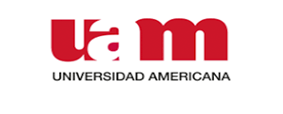
Ver instalaciones
Documento Legal de Creación: Decreto N°92 de 27 de febrero de 2003
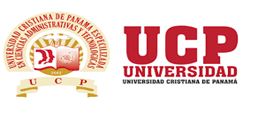
Ver instalaciones
Universidad del Contador Público Autorizado
Documento Legal de Creación: Decreto N°302 del 22 de abril de 2004
Documento Legal de Creación: Decreto N°573 de 21 de julio de 2004

Ver instalaciones
Universidad Metropolitana de Educación, Ciencia y Tecnología
Documento Legal de Creación: Decreto N°575 de 21 de julio de 2004
Universidad Tecnológica Oteima
Documento Legal de Creación: Resolución N°43 de 8 de marzo de 2005
Documento Legal de Creación: Decreto N°260 de 24 de agosto de 2006
Documento Legal de Cambio de Nombre: Decreto N°469 de 14 de agosto de 2018

Documento Legal de Creación: Decreto N°208 de 22 de junio de 2009
Documento de Creación Definitiva: Decreto N°882 de 27 de septiembre de 2016

Ver instalaciones
Universidad Nuestra Señora del Carmen
Documento Legal de Creación: Decreto N°7 de 17 de enero de 2011
Documento de Creación Definitiva: Decreto N°205 de 30 de mayo de 2018

Ver instalaciones
Universidad Midrasha Jorev de Panamá
Documento Legal de Creación: Decreto N°262 de 23 de abril de 2013
Documento de Creación Definitiva: Decreto N° 765 de 4 de septiembre de 2020
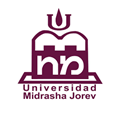
Ver instalaciones
Universidad Hispanoamericana de Panamá
Documento Legal de Creación: Resolución N°22 de 7 de febrero de 2014
Universidad Iberoamericana de Panamá
Documento Legal de Creación : Decreto N° 693 de 12 de agosto de 2014
Universidad Internacional de Ciencia y Tecnología
Documento Legal de Creación: Decreto N° 1295 de 5 de diciembre de 2014

Ver instalaciones
Documento Legal de Creación: Decreto N° 7 de 2 de marzo de 2015
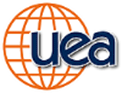
Ver instalaciones
Universidad Politécnica Internacional
Documento Legal de Creación: Decreto N° 234 de 9 de mayo de 2017
Universidad de los Llanos del Pacífico
Documento Legal de Creación : Decreto N° 202
De 30 de mayo de 2018
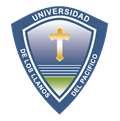
Ver instalaciones
¡Universidad Internacional América Latina
Documento Legal de Creación: Decreto N°8 de 22 de enero de 2009

Ver instalaciones
Universidad Internacional Nueva Luz

Ver instalaciones

UNIVERSIDADES EN INVESTIGACIÓN
Universidad Interamericana de Educación a Distancia
Documento Legal de Creación: Decreto N°45 de 19 de marzo de 1986
Universidad LaSalle College
Documento Legal de Creación: Decreto Ejecutivo N°1299 de 23 de diciembre de 2016

Universidad Panamericana
Documento Legal de Creación: Decreto N°174 de 21 de junio de 2001
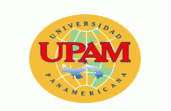
UNIVERSIDADES CON DECRETOS DE CANCELACIÓN DEFINITIVA
Universidad de la Paz
Documento Legal de Creación: Resolución N°11 de 13 de abril de 1994
Documento Legal de Cierre Decreto N° 280 de 20 de abril de 2012
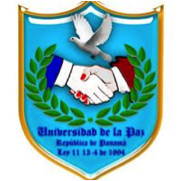
Instituto Tecnológico de Monterrey
Documento Legal de Creación:
Decreto N° 60 de 18 de agosto de 1999
Documento Legal de Cierre: Resolución Nº 152 de 22 de marzo de 2012

Delphi University
Documento Legal de Creación:
Decreto N° 176 de 29 de mayo de 2002
Documento Legal de Cierre: Decreto N°292 de 1 de mayo de 2012

International University
Documento Legal de Creación: Decreto N°225 de 29 de mayo de 2003
Documento Legal de Cierre: Decreto N° 1205 de 4 de diciembre de 2012
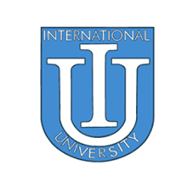
Universidad Internacional de Comercio y Educación:
Documento Legal de Creación: Decreto N°582 de 4 de agosto de 2004
Documento Legal de Cierre: Decreto N° 333 de 14 de mayo de 2013

Oxford International University
Documento Legal de Creación: Resolución N°15 de 1 de febrero de 2005.
Documento Legal de Cierre: Decreto N°104 de 4 de marzo de 2013

Palladium University
Documento Legal de Creación: Resolución N°40 de 6 de marzo de 2006
Documento Legal de Cierre: Decreto N°346 de 15 de mayo de 2012

Universidad Metropolitana de Panamá
Documento Legal de Creación: Decreto N°287 de 8 de septiembre de 2006
Documento Legal de Cierre: Decreto N°662 de 14 de agosto de 2012

Universidad Rafael Núñez
Documento Legal de Creación: Decreto N°261 de 24 de agosto de 2006
Documento Legal de Cierre: Decreto N° 448 de 8 de junio de 2015
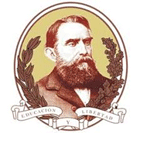
Universidad de Cartago
Documento Legal de Creación: Decreto N°158 13 de agosto de 1999
Documento Legal de Cierre: Decreto Ejecutivo N°575 de 16 de agosto de 2017

Universidad Técnicas de la Comunicación
Documento Legal de Creación: Decreto N°2 de 23 de enero de 2007
Documento Legal de Cierre: Decreto Ejecutivo N°570 de 16 de agosto de 2017

nternational School of Medical Sciences
Documento Legal de Creación: Decreto N°432 de 25 de junio de 2010
Documento Legal de Cierre: Decreto Ejecutivo Nº 517 de 19 de mayo de 2020

Universidad San Martin de Panamá
Documento Legal de Creación: Decreto N°382 de 13 de mayo de 2004
Documento Legal de Cierre: Decreto Ejecutivo Nº 466 de 14 de abril de 2020

UNIVERSIDADES CON DECRETOS DE CANCELACIÓN DEFINITIVA
Hosanna International University
Documento Legal de Creación: Decreto N°286 de 8 de septiembre de 2006
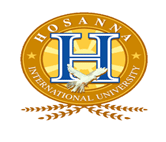
Pliego de Cargos emitido por el Ministerio de Educación, pendiente de notificación
UNIVERSIDADES CON DECRETOS DE CANCELACIÓN DEFINITIVA
Documento Legal de Creación: Decreto N°952 de 11 de noviembre de 2016
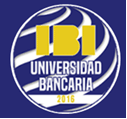
Ver instalaciones
UNIVERSIDADES CON DECRETOS DE CANCELACIÓN DEFINITIVA
Universidad Ngäbe Buklé
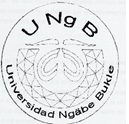
Galicia Open University

Aleph University

Universidad Internacional del Pacífico
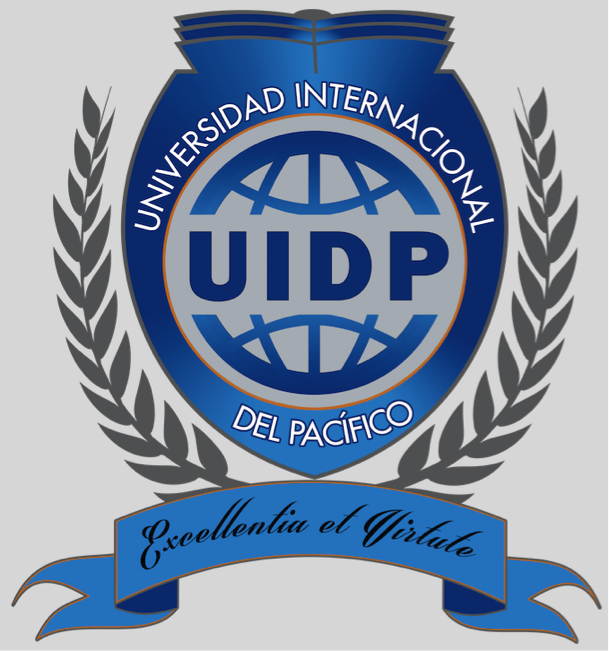
Universidad Abierta de Estudios Especializados

Universidad Corporación Internacional de Estudios Superiores
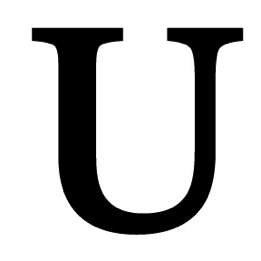
Universidad Publies Educa
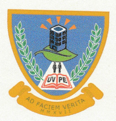
Universidad de Ciencia y Tecnología (UCYT)
UNIVERSIDADES ESTABLECIDAS EN CIUDAD DEL SABER
amparadas por el Decreto Ley No. 6 de 10 de febrero de 1998
Florida State University
Universidad para la Cooperación Internacional
University of South Florida
Sistema Tecnológico de Monterrey
Fundación de Estudios Avanzados de Gerencia
Ver instalaciones
Ministerio de Educación
We firmly believe that the internet should be available and accessible to anyone, and are committed to providing a website that is accessible to the widest possible audience, regardless of circumstance and ability.
To fulfill this, we aim to adhere as strictly as possible to the World Wide Web Consortium’s (W3C) Web Content Accessibility Guidelines 2.1 (WCAG 2.1) at the AA level. These guidelines explain how to make web content accessible to people with a wide array of disabilities. Complying with those guidelines helps us ensure that the website is accessible to all people: blind people, people with motor impairments, visual impairment, cognitive disabilities, and more.
This website utilizes various technologies that are meant to make it as accessible as possible at all times. We utilize an accessibility interface that allows persons with specific disabilities to adjust the website’s UI (user interface) and design it to their personal needs.
Additionally, the website utilizes an AI-based application that runs in the background and optimizes its accessibility level constantly. This application remediates the website’s HTML, adapts Its functionality and behavior for screen-readers used by the blind users, and for keyboard functions used by individuals with motor impairments.
If you’ve found a malfunction or have ideas for improvement, we’ll be happy to hear from you. You can reach out to the website’s operators by using the following email
Our website implements the ARIA attributes (Accessible Rich Internet Applications) technique, alongside various different behavioral changes, to ensure blind users visiting with screen-readers are able to read, comprehend, and enjoy the website’s functions. As soon as a user with a screen-reader enters your site, they immediately receive a prompt to enter the Screen-Reader Profile so they can browse and operate your site effectively. Here’s how our website covers some of the most important screen-reader requirements, alongside console screenshots of code examples:
Screen-reader optimization: we run a background process that learns the website’s components from top to bottom, to ensure ongoing compliance even when updating the website. In this process, we provide screen-readers with meaningful data using the ARIA set of attributes. For example, we provide accurate form labels; descriptions for actionable icons (social media icons, search icons, cart icons, etc.); validation guidance for form inputs; element roles such as buttons, menus, modal dialogues (popups), and others. Additionally, the background process scans all the website’s images and provides an accurate and meaningful image-object-recognition-based description as an ALT (alternate text) tag for images that are not described. It will also extract texts that are embedded within the image, using an OCR (optical character recognition) technology. To turn on screen-reader adjustments at any time, users need only to press the Alt+1 keyboard combination. Screen-reader users also get automatic announcements to turn the Screen-reader mode on as soon as they enter the website.
These adjustments are compatible with all popular screen readers, including JAWS and NVDA.
Keyboard navigation optimization: The background process also adjusts the website’s HTML, and adds various behaviors using JavaScript code to make the website operable by the keyboard. This includes the ability to navigate the website using the Tab and Shift+Tab keys, operate dropdowns with the arrow keys, close them with Esc, trigger buttons and links using the Enter key, navigate between radio and checkbox elements using the arrow keys, and fill them in with the Spacebar or Enter key.Additionally, keyboard users will find quick-navigation and content-skip menus, available at any time by clicking Alt+1, or as the first elements of the site while navigating with the keyboard. The background process also handles triggered popups by moving the keyboard focus towards them as soon as they appear, and not allow the focus drift outside it.
Users can also use shortcuts such as “M” (menus), “H” (headings), “F” (forms), “B” (buttons), and “G” (graphics) to jump to specific elements.
We aim to support the widest array of browsers and assistive technologies as possible, so our users can choose the best fitting tools for them, with as few limitations as possible. Therefore, we have worked very hard to be able to support all major systems that comprise over 95% of the user market share including Google Chrome, Mozilla Firefox, Apple Safari, Opera and Microsoft Edge, JAWS and NVDA (screen readers).
Despite our very best efforts to allow anybody to adjust the website to their needs. There may still be pages or sections that are not fully accessible, are in the process of becoming accessible, or are lacking an adequate technological solution to make them accessible. Still, we are continually improving our accessibility, adding, updating and improving its options and features, and developing and adopting new technologies. All this is meant to reach the optimal level of accessibility, following technological advancements. For any assistance, please reach out to